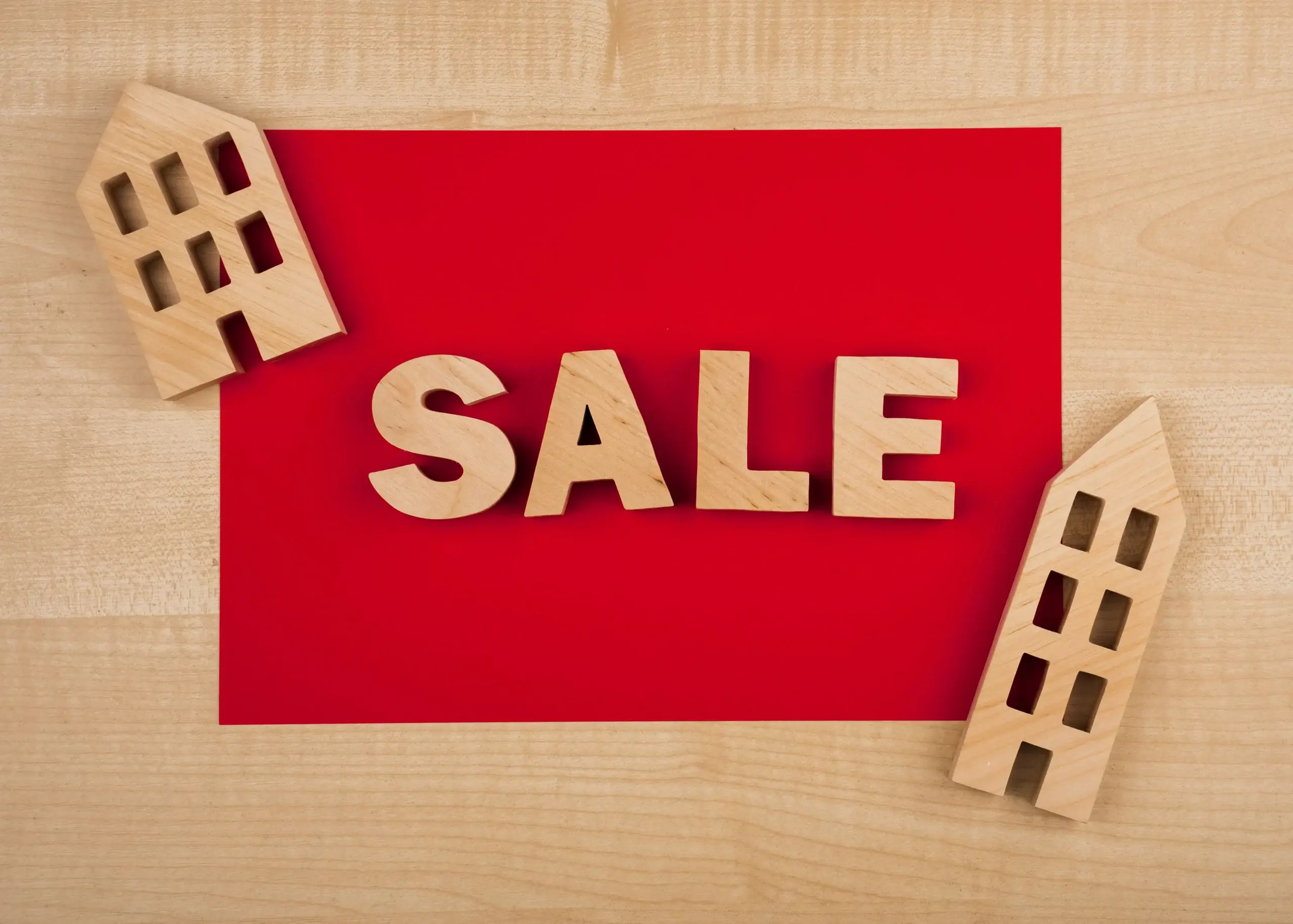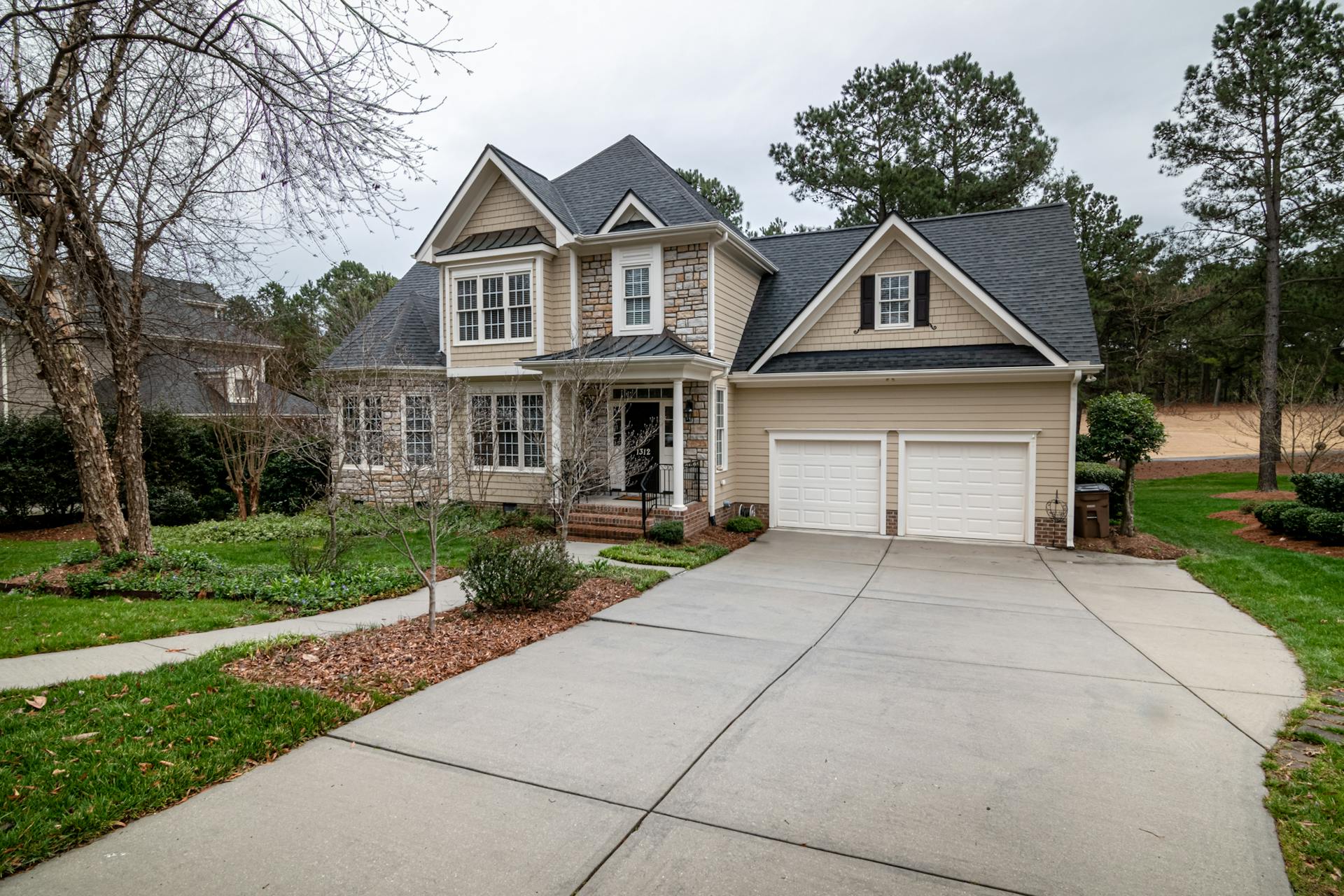How to Sell Your Home Quickly in a Competitive Market

Sell your home quickly with these proven strategies. Discover how preparation, effective marketing, and savvy negotiation can streamline your sale. Compassionate Property Solutions is your ally in achieving a successful and efficient home sale. Our guidance demystifies the process, making it straightforward and rewarding.
Understanding the Market
When you’re looking to sell your home quickly in a competitive market, a clear grasp of local real estate trends and a smart pricing strategy are crucial. Here’s how you can tackle these areas effectively.
Analyze Your Local Real Estate Trends
Researching local housing market trends is the first step in preparing your home for a quick sale. Focus on understanding the average days on market (DOM) for homes in your area. This number tells you how long homes are typically listed before they sell. If homes are selling quickly, you’re in a seller’s market. A high DOM indicates a buyer’s market, where homes take longer to sell.
Another critical factor is the selling prices of homes in your neighborhood. Look at recent sales of homes similar to yours in size, condition, and location. This research gives you a baseline for understanding how much buyers are willing to pay.

The Right Pricing Strategy
Pricing your home competitively is essential to attract buyers. Setting the right price from the start can make the difference between a quick sale and a listing that lingers on the market.
Avoid the temptation to price your home too high. While it might seem like a good strategy to start high and lower the price later if needed, overpriced homes tend to deter potential buyers. They might assume there’s something wrong with the home or that you’re not serious about selling.
To come up with a competitive price, use the data you’ve gathered on local market trends and the selling prices of comparable homes. Consider the unique features and condition of your home that might add value. If you’re unsure, consulting with a real estate professional can provide insight and help you set a price that will attract buyers quickly.
Understanding local real estate trends and smart pricing are key to selling your home quickly. Yet, considering a cash buyer can offer a more straightforward path, ensuring a faster and more secure transaction. As we move to the next section, “Preparing Your Home for Sale,” we’ll explore how to ready your home for any buyer, highlighting the unique advantages of selling to a cash purchaser. This approach not only simplifies the process but aligns with strategies for a swift sale in a competitive market, making it an attractive option for sellers aiming for efficiency and certainty.
Preparing Your Home for Sale
Selling your home quickly, especially in a competitive market, requires preparation. This includes making necessary repairs and upgrades, as well as staging your home to make it appealing to potential buyers. Here’s how you can approach these tasks effectively.
Make Necessary Repairs and Upgrades
Before listing your home, take the time to address any repairs that could deter buyers or lower your home’s value. This includes fixing leaky faucets, repairing damaged flooring, and patching holes in the walls. These repairs might seem minor, but they can significantly impact a buyer’s perception of your home.
Upgrades can also enhance your home’s appeal. You don’t need to undertake major renovations, but updating certain aspects of your home can make it more attractive to buyers. Consider refreshing the paint with neutral colors, replacing outdated fixtures, and improving lighting. In the kitchen and bathrooms, even minor updates like new cabinet hardware or a new backsplash can make a big difference.
These improvements not only make your home more appealing but can also increase its value. Focus on repairs and upgrades that offer the best return on investment and help your home stand out in the market.
Staging Your Home to Impress
Staging your home is about more than just cleaning and decluttering. It’s about presenting your home in the best possible light to create a welcoming environment that buyers can envision themselves living in.
One key aspect of staging is to depersonalize your space. This means removing personal items like family photos and memorabilia. The goal is to create a neutral environment where buyers can imagine their own lives and possessions fitting in.
Furniture placement is another important factor. Arrange your furniture to maximize space and highlight the flow of your home. This might involve removing some pieces to prevent rooms from feeling crowded.
Lighting is also crucial. Make sure each room is well-lit, either with natural light or by adding lamps in darker spaces. A bright, airy home is more inviting and can make rooms appear larger.
Preparing your home for sale, through repairs, upgrades, and staging, is crucial for attracting buyers in a competitive market. However, if you prefer a quicker, hassle-free sale, selling as-is could be a viable option, appealing to those looking for renovation projects or investments.

Marketing Your Home Effectively
To sell your home quickly in today’s market, you need to market it effectively. This means going beyond traditional yard signs and newspaper ads. Today, the focus is on online presence, through high-quality photos, virtual tours, and leveraging social media and real estate platforms. Here’s how to do it right.
High-Quality Photos and Virtual Tours
First impressions matter, especially online. Most home buyers start their search on the internet, which means your listing photos are crucial. Hire a professional photographer who specializes in real estate photography. They know how to capture the best features of your home, from the right angles, with the best lighting. High-quality photos make your listing stand out and can draw more potential buyers.
Virtual tours add another layer of appeal. They allow buyers to get a 360-degree view of your home from their devices, providing a more immersive experience than photos alone. Virtual tours can be especially appealing to out-of-town buyers or those who prefer to narrow down their options before visiting in person. Including a virtual tour with your listing can significantly enhance its attractiveness and reach.
Utilizing Social Media and Real Estate Platforms
Don’t underestimate the power of social media and online real estate platforms in selling your home. Listing your home on popular real estate websites broadens your reach far beyond local buyers. These platforms are where most buyers start their home search, so being present there is non-negotiable.
Social media channels like Facebook, Instagram, and Twitter can also be invaluable. Share your listing on your personal profile, local community groups, and dedicated real estate pages. Use high-quality photos and a compelling description of your home’s best features to engage potential buyers. Encourage friends and family to share your post to increase its visibility.
Effective marketing is essential for selling your home quickly, focusing on online presence, professional photos, virtual tours, and leveraging social media and real estate platforms to reach a wide audience. This approach highlights your home’s features to attract potential buyers. However, for those seeking a straightforward sale, selling as-is offers a simpler route, eliminating the need for extensive marketing efforts and appealing directly to buyers interested in properties they can renovate or customize, streamlining the sale process for sellers prioritizing speed and ease.
When your home is on the market and you start receiving offers, knowing how to navigate these offers and the negotiation process is key to closing the deal. This stage requires careful consideration of each offer and strategic negotiation to achieve a sale that meets your needs and timeline. Here’s how to approach this crucial phase.

Understanding Offers and Conditions
When you receive an offer on your home, it’s more than just the price the buyer is willing to pay. Offers include various conditions, such as financing, home inspection, and sale of the buyer’s current home, which can all impact the sale.
Review each offer carefully. Pay attention to the price, but also consider the terms. For example, an offer contingent on the buyer selling their existing home may introduce uncertainty and delay. Financing conditions indicate that the sale depends on the buyer securing a mortgage, which can also affect the timeline.
It’s important to understand these conditions fully because they can influence your decision. An offer with a higher price but more conditions may be less appealing than a slightly lower offer with fewer strings attached.
Negotiation Strategies for Sellers
Negotiation is an art, and when you’re selling your home, being skilled in negotiation can lead to a quicker and more favorable sale. Here are some strategies to help you navigate this process:
- Be Prepared to Counteroffer: Rarely is the first offer the best you’ll receive. Consider making a counteroffer that’s closer to your asking price or that adjusts the conditions to be more favorable to you. This shows buyers you’re open to negotiation but also sets boundaries.
- Know Your Bottom Line: Before negotiations start, know the lowest price and terms you’re willing to accept. This clarity will help you make decisions quickly and confidently during negotiations.
- Flexibility on Closing Dates: Sometimes being flexible on the closing date can be just as valuable as the sale price. If a buyer needs a quick close or a little more time, accommodating their timeline can make your property more appealing and facilitate a smoother negotiation.
- Address Buyer Concerns: If the buyer has concerns that arise from the home inspection or other aspects of the sale, be open to addressing these through repair credits or price adjustments. Demonstrating willingness to work through issues can keep the negotiation moving forward.
- Communicate Clearly and Promptly: Keep the lines of communication open with potential buyers. Respond promptly to offers and counteroffers, and be clear about what you’re looking for in the sale. Effective communication can prevent misunderstandings and help close the deal faster.
In navigating offers and negotiations for your home sale, considering a cash buyer significantly streamlines the process. Cash transactions reduce complexities related to financing approvals and inspection contingencies, leading to a quicker and smoother closing.
While evaluating offers, remember that a cash deal often means fewer delays and a more straightforward negotiation, making it a compelling option for sellers prioritizing speed and convenience. Thus, in a market where timing and ease of transaction are key, selling to a cash buyer presents an attractive alternative, ensuring a sale that aligns closely with your needs and timeline.
Closing the Deal Efficiently
Finalizing the sale of your home, known as the closing process, involves several steps. Understanding these steps and how to navigate potential hurdles can lead to a more efficient and trouble-free closing. Here’s a straightforward guide to what you can expect and how to handle common challenges.
The Closing Process Explained
The closing process marks the final step in the sale of your home, transferring ownership from you to the buyer. This process includes several key components:
- Home Inspection: The buyer typically arranges for a home inspection to identify any issues with the property. Depending on the findings, you might need to make repairs or negotiate adjustments to the sale terms.
- Appraisal: The buyer’s lender will require an appraisal to determine the home’s value. This ensures the property is worth the loan amount. If the appraisal comes in lower than the sale price, it may require renegotiating the price or the buyer making up the difference in cash.
- Loan Approval: Finalizing the buyer’s mortgage is a critical step. Delays or issues in loan approval can push back the closing date.
- Paperwork: A significant amount of paperwork is involved in closing. This includes the deed, bill of sale, transfer tax declarations, and more. Both parties will need to review and sign various documents.
- Final Walkthrough: Just before closing, the buyer will do a final walkthrough of the property to ensure it’s in the agreed-upon condition.
- Closing Meeting: At the closing meeting, all parties sign the final documents, and the sale is completed. The buyer pays the remaining funds in their down payment and closing costs, and you’ll receive payment for the home.
Overcoming Common Closing Hurdles
Several issues can arise during the closing process. Here’s how to address them:
- Repair Issues: If the home inspection uncovers significant problems, be prepared to negotiate repairs or offer a credit to the buyer. Being flexible and willing to address these concerns can prevent the deal from falling through.
- Appraisal Shortfalls: If the appraisal is lower than the sale price, you might need to lower the price or the buyer may need to pay the difference. Alternatively, disputing the appraisal or seeking a second appraisal is an option if you believe the appraisal was inaccurate.
- Loan Approval Delays: Communication is key. Stay in touch with the buyers to get updates on the loan process. If delays occur, understanding the reasons can help you gauge how to proceed.
- Last-Minute Issues: If the final walkthrough reveals unexpected problems, be prepared to resolve these issues quickly. This might mean arranging for last-minute repairs or compensating the buyer to keep the closing on track.
Closing the deal efficiently is a crucial final step in selling your home, where understanding and preparation can simplify the process. However, opting for a cash buyer greatly streamlines closing. Cash transactions typically circumvent traditional hurdles such as loan approval delays and appraisal issues, leading to a faster and smoother conclusion.
While you may still encounter steps like the home inspection and final walkthrough, the absence of a financing contingency simplifies negotiations and reduces the risk of last-minute complications. Emphasizing the cash sale advantage, sellers enjoy a more predictable and expedited closing process, making it an ideal solution for those seeking to minimize challenges and close their sale efficiently. This approach not only accelerates the transaction but also offers a level of ease and certainty that is highly appealing in any market scenario.














